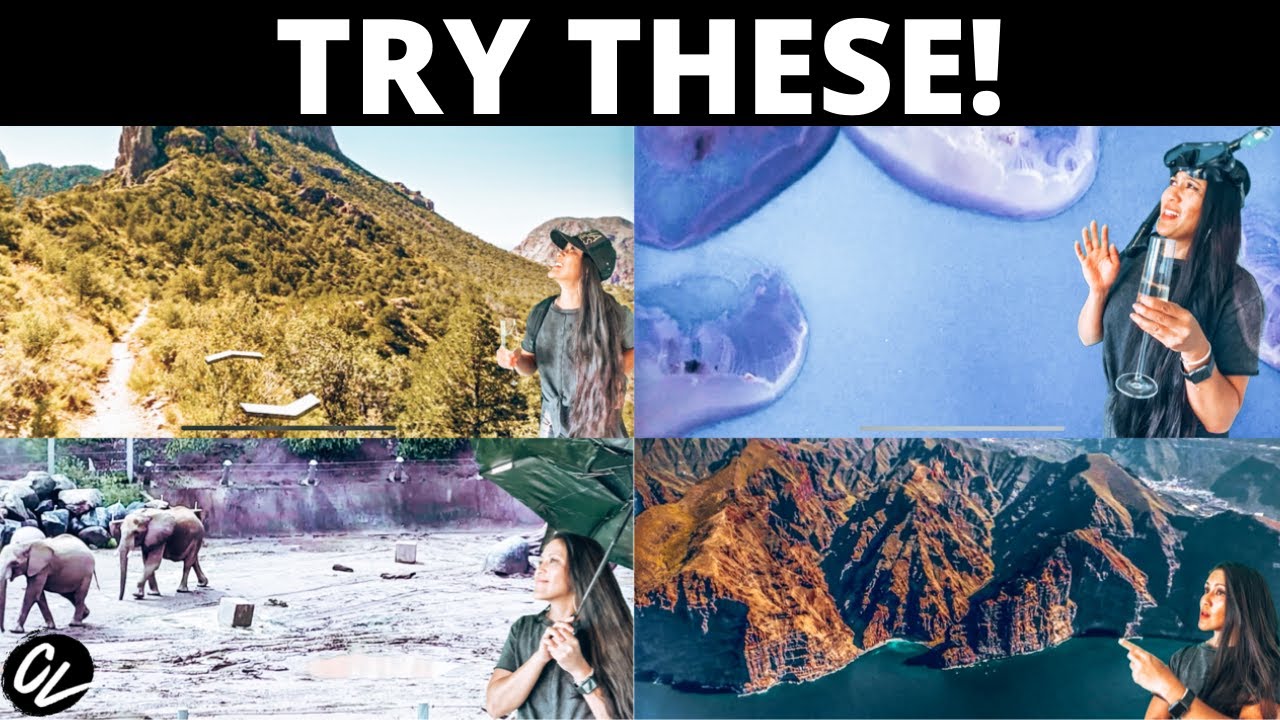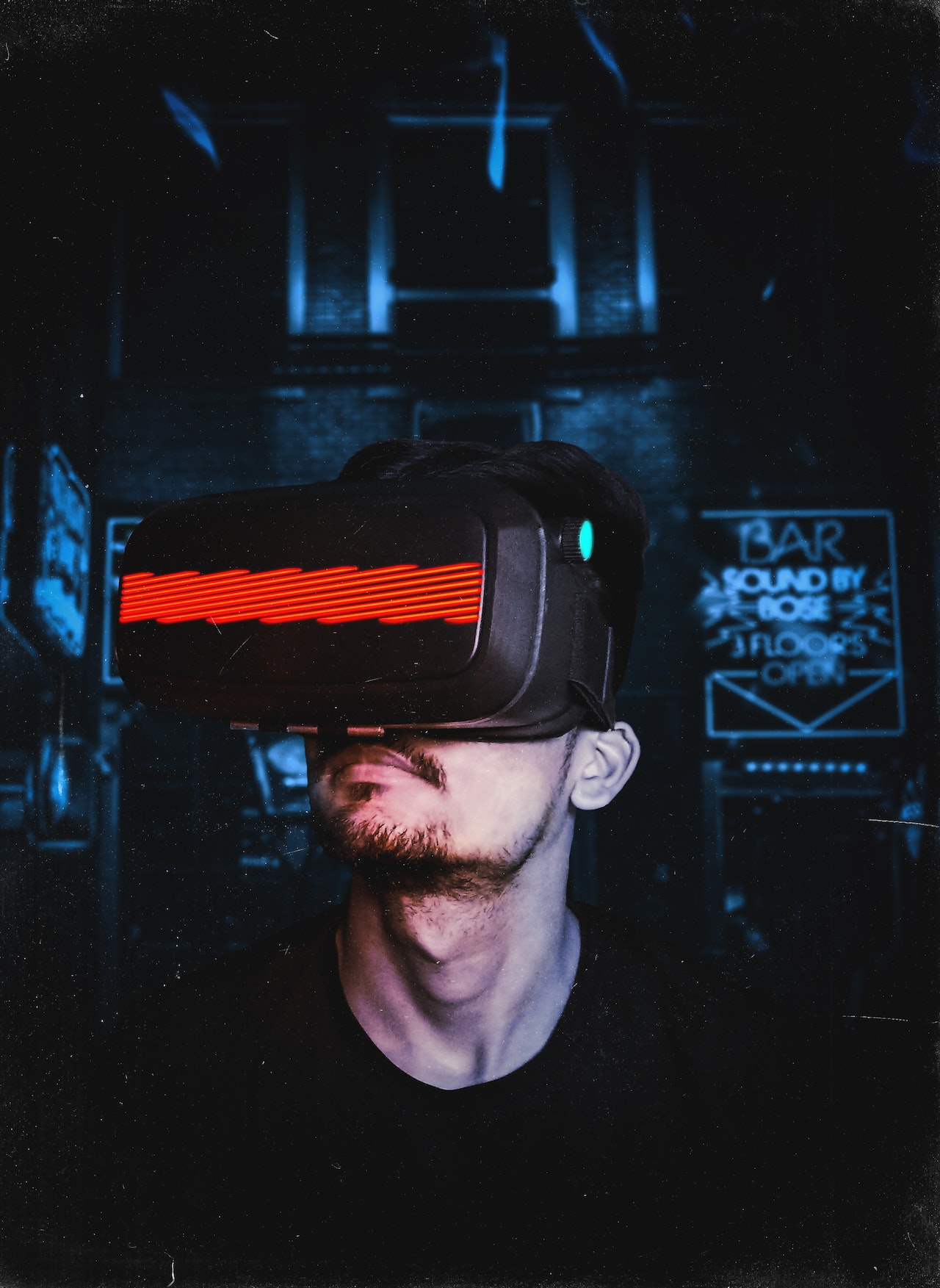Exploring The World From Home - Virtual Travel Experiences
In recent years, the world of travel has been revolutionized by technology. With the rise of virtual reality and other digital tools, it's now possible to explore the world from the comfort of your own home. We are going to learn what are virtual travel experiences, discussing what they are, how they work, and why they're becoming so popular.
What Is A Virtual Travel Experience?
A virtual travel experience is an immersive digital environment that simulates the experience of traveling to a real-world destination. This can take many forms, from 360-degree video tours to fully-realized virtual reality environments.
The goal is to provide users with a sense of place, allowing them to explore and interact with a destination as if they were really there.
How Do Virtual Travel Experiences Work?
Virtual travel experiences are created using a combination of technologies, including 3D modeling, video production, and software development. Depending on the type of experience, users may interact with the environment using a VR headset, a computer, or a mobile device.
One of the most important elements of a virtual travel experience is the sense of immersion it provides. This is achieved by creating a highly-detailed and realistic environment, complete with sights, sounds, and even smells. Users may be able to explore a city, visit a museum, or even go on a safari, all from the comfort of their own home.
Why Are Virtual Travel Experiences Popular?
There are many reasons why virtual travel experiences have become so popular in recent years. For one thing, they offer a way to explore the world without the expense and hassle of traditional travel. They can also be more accessible to people with disabilities, who may not be able to physically travel to certain destinations.
Virtual travel experiences can also be a powerful marketing tool for destinations, allowing them to showcase their attractions and amenities to a wider audience. They can also be used for educational purposes, providing students with a way to explore historical sites or natural wonderswithout leaving the classroom.
Creating A Virtual Travel Experience
If you're interested in creating a virtual travel experience, there are several steps involved. First, you'll need to decide on the destination or experience you want to recreate. This could be a city, a natural wonder, or even a historical event.
Next, you'll need to gather the resources you'll need to create your virtual environment. This might include 3D models, video footage, audio recordings, and more. You'll also need to choose the tools you'll use to create the experience, such as VR software or video editing software.
Finally, you'll need to put everything together to create a cohesive and engaging virtual travel experience. This might involve scripting interactive elements, designing a user interface, and optimizing the experience for different devices and platforms.
The Benefits Of Virtual Travel Experiences For Tourism Promotion
Virtual travel experiences can be a powerful marketing tool for destinations looking to promote their attractions and amenities to a wider audience. Here are some of the key benefits of using virtual travel experiences for tourism promotion:
- Cost-Effective:Virtual travel experiences are often much less expensive than traditional advertising campaigns, such as print or TV ads. This means that destinations can reach a larger audience with a smaller budget.
- Increased Engagement:Virtual travel experiences can be highly engaging and immersive, providing users with a sense of place that's almost as good as the real thing. This can help to build interest and excitement around a destination, leading to increased tourism.
- Accessibility:Virtual travel experiences can be more accessible to people with disabilities, who may not be able to physically travel to certain destinations. This can help to promote inclusive tourism and make travel experiences available to a wider audience.
- Educational Value:Virtual travel experiencescan be a valuable educational tool, allowing students to explore historical sites, natural wonders, and other destinations without leaving the classroom. This can help to promote learning and cultural understanding.
Overall, virtual travel experiences offer many benefits for tourism promotion, allowing destinations to showcase their attractions and amenities to a wider audience in an engaging and immersive way.

VIRTUAL TRAVEL EXPERIENCES!
Technology Trends In Virtual Travel - What's Next?
As technology continues to evolve, so do virtual travel experiences. Here are some of the technology trends that are shaping the future of virtual travel:
- Artificial Intelligence:AI is increasingly being used to create more realistic and interactive virtual environments. This includes natural language processing, which allows users to have conversations with virtual assistants, and machine learning, which can be used to personalize the virtual travel experience for each user.
- Extended Reality:Extended reality (XR) is a term that encompasses both virtual reality and augmented reality. XR technology is becoming more sophisticated, allowing for more immersive and interactive virtual travel experiences.
- Blockchain:Blockchain technology is being explored as a way to create more secure and transparent virtual travel experiences. This could include using blockchain to verify the authenticity of virtual artifacts and locations, or to provide secure payment systems for virtual travel experiences.
- Social Media Integration:Social media platforms are increasingly being used to share and promote virtual travel experiences. This includes using platforms like Instagram and TikTok to showcase destinations and attractions, as well as creating social media-specific virtual travel experiences.
As these technologies continue to evolve, the possibilities for virtual travel experiences are only getting more exciting.
Overcoming The Challenges Of Creating Realistic Virtual Environments
Creating realistic virtual environments can be a complex and challenging process. Here are some of the key challenges involved, and how they can be overcome:
- Realism:One of the biggest challenges in creating virtual environments is achieving a high level of realism. This requires creating detailed 3D models, using high-quality video footage and audio recordings, and optimizing the experience for different devices and platforms.
- Interactivity:Another challenge is creating interactive elements that allow users to explore the virtual environment in a meaningful way. This might involve scripting interactive objects or creating mini-games that are integrated into the virtual environment.
- Performance:Creating a realistic virtual environment that runs smoothly on different devices can be challenging. This requires optimizing the experience for different hardware and software configurations and minimizing the load on the user's device.
- Accessibility:Creating a virtual environment that's accessible to people with disabilities can be challenging. This might involve providing alternative navigation options for users with visual impairments or adding closed captions or audio descriptions for users with hearing impairments.
By addressing these challenges, creators can create more engaging and immersive virtual travel experiences that provide users with a sense of place that's almost as good as the real thing.
Virtual Travel Vs. Traditional Travel
Virtual travel experiences are a relatively new phenomenon, and many people may be wondering how they compare to traditional travel. Here are some of the key differences between virtual and traditional travel:
- Cost:Virtual travel experiences are generally much less expensive than traditional travel. While traditional travel can be costly, with expenses such as airfare, lodging, and food, virtual travel experiences can be enjoyed from the comfort of your own home.
- Experience:While virtual travel experiences can be immersive and engaging, they can't compare to the real-life experience of visiting a destination in person. Traditional travel allows for more sensory experiences, such as tasting local cuisine, feeling the sun on your skin, and hearing the sounds of a new city.
- Environmental Impact:Traditional travel can have a significant environmental impact, particularly when it involves air travel. Virtual travel experiences, on the other hand, have a much smaller environmental footprint.
- Social Interaction:Traditional travel provides opportunities for social interaction and cultural exchange, which virtual travel experiences can't replicate. Meeting locals, trying new foods, and participating in cultural events are all part of the traditional travel experience.
While virtual travel experiences offer many benefits, they can't fully replicate the experience of traditional travel.
However, they can be a valuable supplement to traditional travel, allowing people to explore new destinations before deciding to make the journey in person.
People Also Ask
What Are The Best Virtual Travel Experiences?
There are many virtual travel experiences available, each offering a unique way to explore the world from the comfort of your own home. Here are some of the best virtual travel experiences to consider:
- Google Earth:Google Earth allows you to explore the world from your computer or mobile device, with 3D satellite imagery, terrain mapping, and street view. You can explore famous landmarks, cities, and natural wonders from around the world.
- Virtual Museum Tours:Many museums around the world offer virtual tours, allowing you to explore their collections and exhibits from the comfort of your own home. Some popular virtual museum tours include the Louvre in Paris, the Smithsonian Museum of Natural History in Washington D.C., and the British Museum in London.
- Virtual National Park Tours:The National Park Service offers virtual tours of many of America's most popular national parks, including Yellowstone, Yosemite, and the Grand Canyon. These virtual tours allow you to explore the parks' natural beauty, wildlife, and geological formations.
- Virtual Food Tours:If you're a foodie, consider taking a virtual food tour to explore the local cuisine of different cities around the world. Many companies offer virtual food tours, including The Chef & The Dish, which offers live cooking classes with chefs from around the world.
How Do Virtual Travel Experiences Compare To Traditional Travel?
Virtual travel experiences offer many benefits over traditional travel, including cost savings, accessibility, and reduced environmental impact.
However, they cannot fully replicate the sensory and social experiences of traditional travel, such as tasting local cuisine, meeting locals, and participating in cultural events.
One of the main advantages of virtual travel experiences is their accessibility. Virtual travel experiences can be enjoyed from anywhere in the world, without the need for expensive airfare or accommodations.
How Is Artificial Intelligence Used In Virtual Travel?
Artificial intelligence (AI) is playing an increasingly important role in creating immersive and engaging virtual travel experiences. Here are some of the ways that AI is being used in virtual travel:
- Personalization:AI can be used to create personalized virtual travel experiences, based on factors such as the user's interests, demographics, and past travel behavior. This can help to create a more engaging and relevant experience for each user.
- Natural Language Processing:Natural language processing (NLP) is being used to create virtual assistants that can provide users with information and assistance during their virtual travel experience. This includes answering questions, providing recommendations, and offering personalized suggestions.
- Machine Learning:Machine learning can be used to improve the accuracy and realism of virtual environments. This includes creating more realistic physics simulations, improving the behavior of virtual characters,
Conclusion
Virtual travel experiences offer a unique and accessible way for people to explore the world from the comfort of their own homes.
With advancements in technology and the use of artificial intelligence, virtual travel experiences are becoming increasingly immersive and personalized, providing users with a high-quality and engaging experience. You can also check out Jane Resture website for a wealth of information on travel, history, and culture from around the world.
While virtual travel experiences cannot fully replace the real-life experience of traditional travel, they offer a valuable supplement, allowing people to explore new destinations before deciding to make the journey in person.

